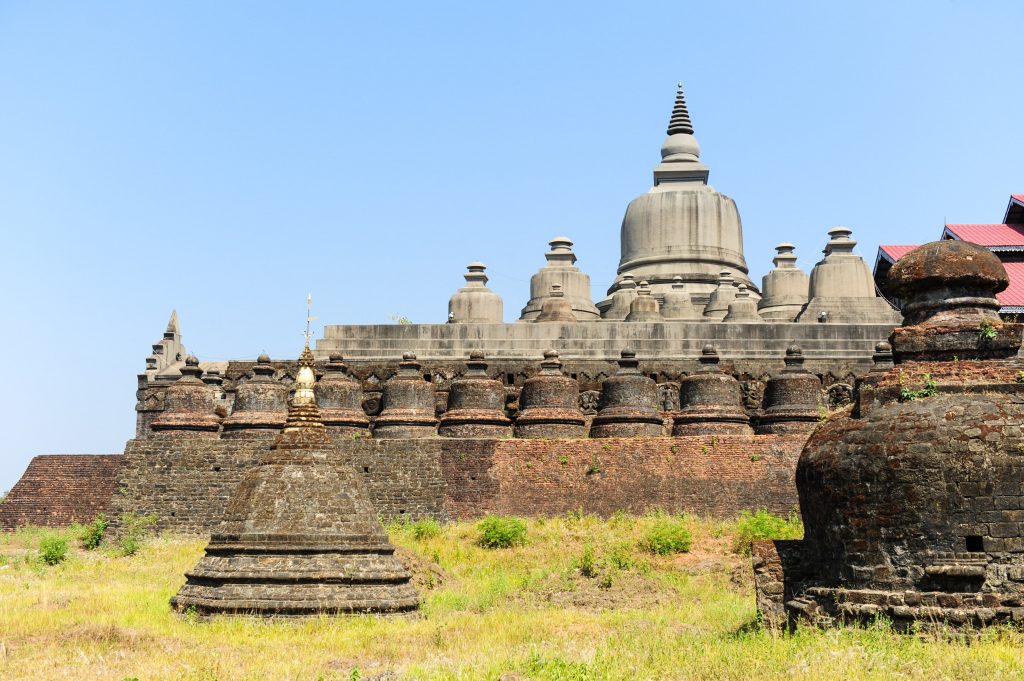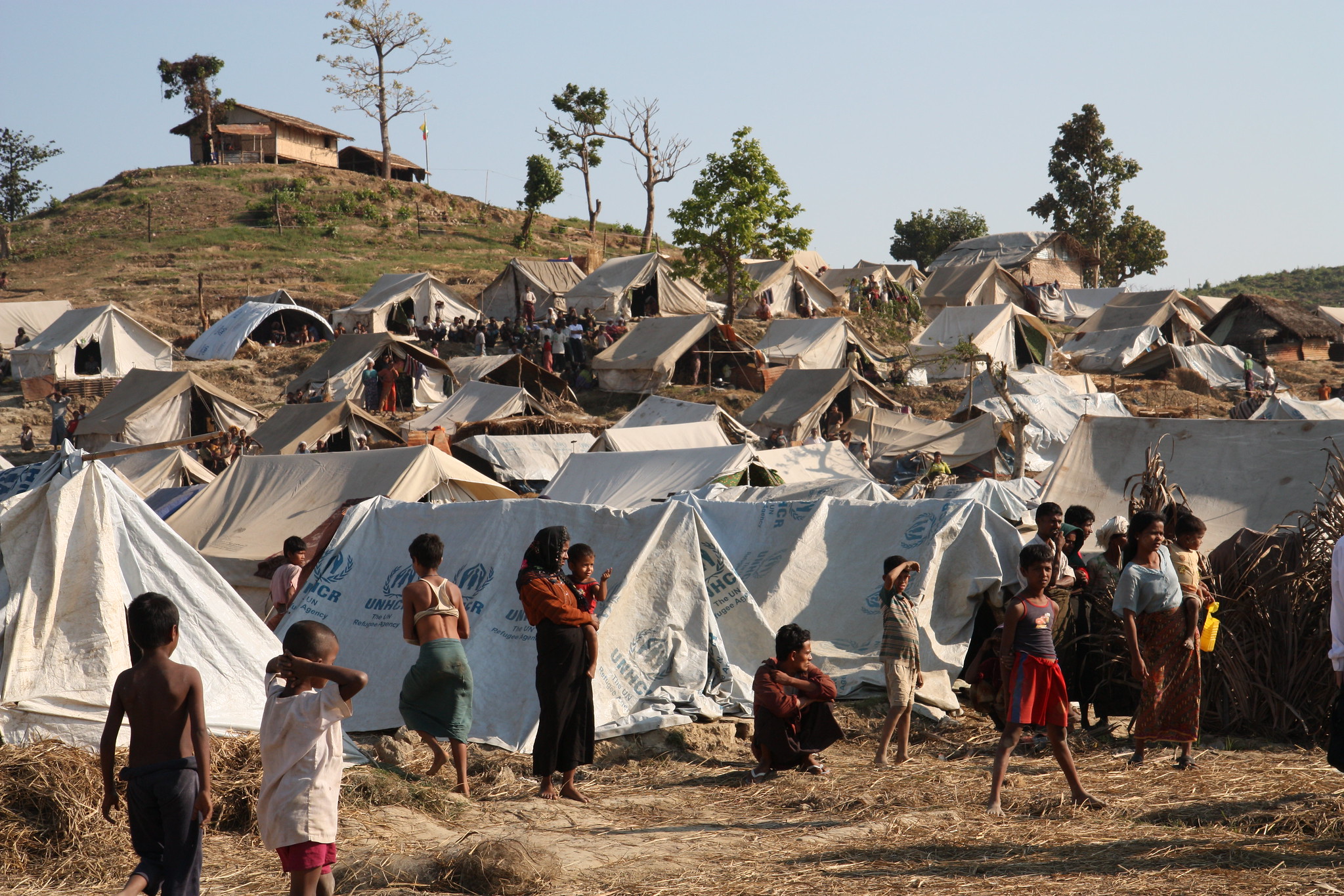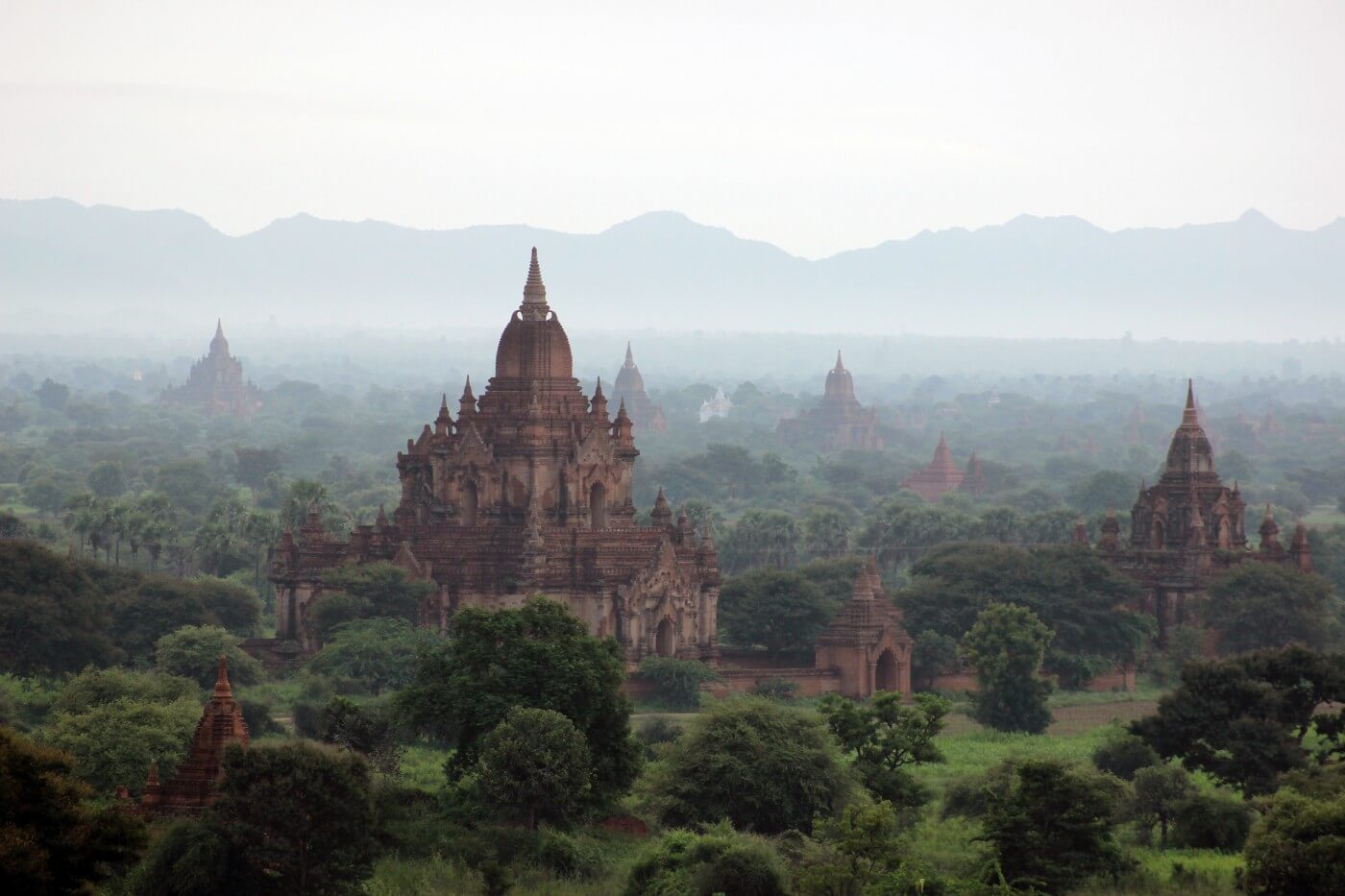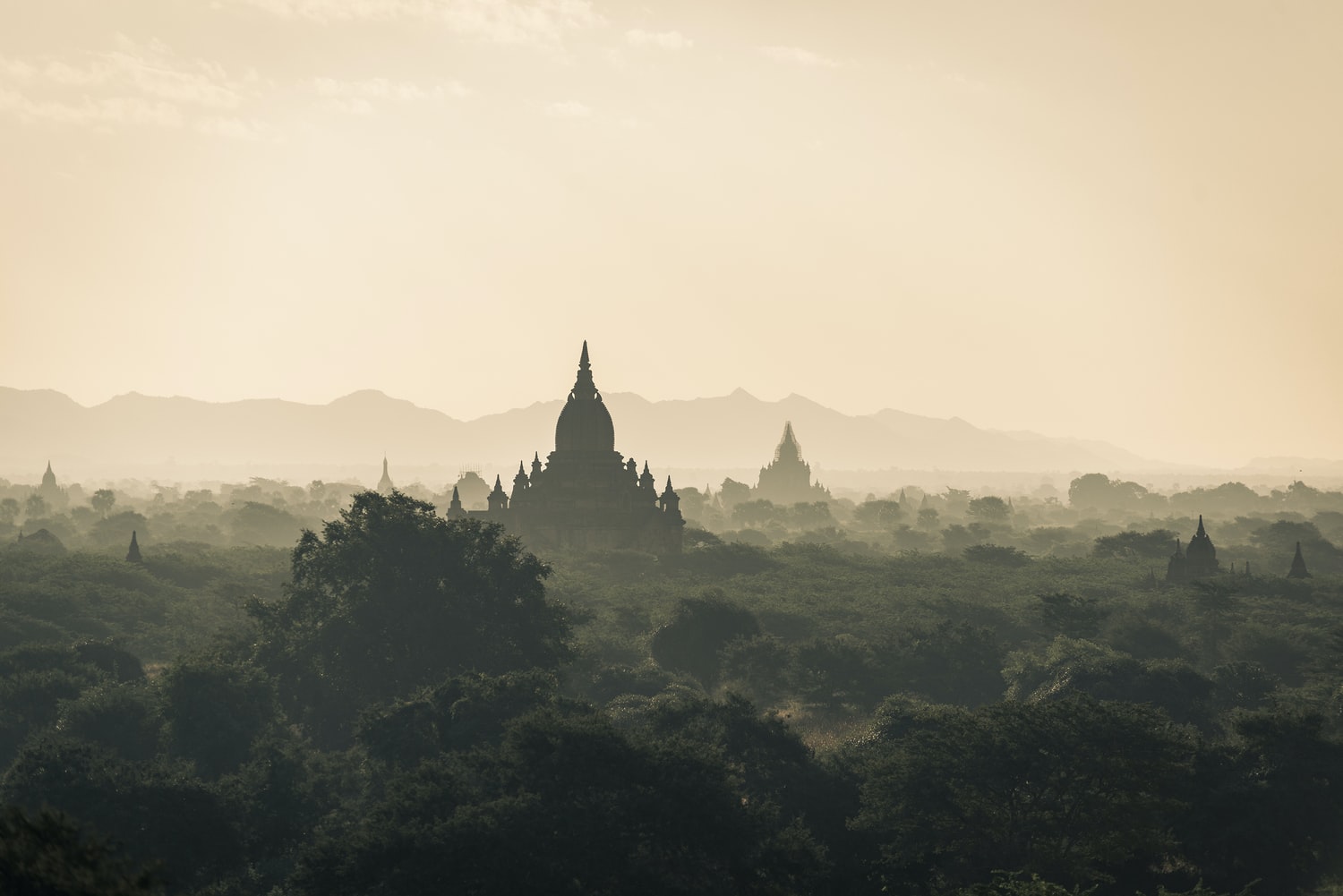“The Arakan Army’s effective use of religious nationalism discourse is likely to continue to capture the historical Rakhine grievances. With widespread support from both civil and religious Rakhine communities, it is clear that the Arakan Army will continue to assert its original goal of seeking de-facto autonomy and sovereignty within the region”, write Sinmyung Park, a doctoral student at School of Social Transformation, Arizona State University
_______________________________________________
Armed conflicts, whether great or small, do not appear to cease in Myanmar. It is within bounds to describe that the country’s modern history is stained with blood, spilled in copious intertribal strife and violence. Notably, another seed of discord is blossoming its bud in Myanmar’s Rakhine State. While the world is preoccupied with the Rohingya repatriation issue, a Buddhist armed group named the Arakan Army (AA) has been expanding its influence to a greater extent within the region, emerging as the gravest threat to the Myanmar government. In fact, the Myanmar government and the Tatmadaw–Armed Forces of Myanmar–officially designated the armed group as a terrorist and unlawful group in March of this year.
The sharp rise of the AA is multifaceted, with financial, socio-political, religious, and nationalistic causes, none of which are mutually exclusive. One logical explanation is the economic alienation of Rakhine State. According to the World Bank Group, Rakhine State’s poverty rate is 78 percent which is significantly higher than the national average. Besides, the Final Report of the Advisory Commission on Rakhine State also points out that the state suffers from a scarcity of livelihood opportunities. Historically, it is often the case that decades of economic downfall lead to the locals’ discontentment with the central government. Therefore, it is plausible that the continuing financial hardship among the Rakhinese may have stimulated their frustration and increased broad support for the AA (Park, 2020). Namely, the AA may appeal as a viable alternative authority in place of the state and the central government. In such cases, borrowing the words of the renowned terrorism scholar Annamarie Oliverio, “the state is not looked upon as an answer, but it is looked upon as a question” (1998, p. 132). Hence, it is unrealistic to envisage “order” would be restored in Rakhine State in the foreseeable future.
Another determinant of the Arakan Army’s emergence is the armed group’s effective use of religious and nationalistic discourses within Rakhine State’s particular historical context. Twan Mrat Naing, the commander-in-chief of the AA, recently reiterated the organization’s goal of reviving the past glory of the Kingdom of Arakan, a Buddhist kingdom that was conquered by the Bamar Konbaung Dynasty during the 1700s. The AA commander’s referring to the rebuilding of the historical Buddhist kingdom stems from the widespread sentiment among the Rakhinese that “they feel marginalized in a country historically dominated by the Bamar ethnic majority” (Thompson, 2018). With this historical context in mind, the AA is successfully establishing a sense of solidarity, which reaffirms a shared value of ethnic separatism through its emphasis on homogeneity: the identity of “victimage” developed throughout the historical conflicts between the kingdoms of Bamar and Arakan. In this vein, the AA’s dream to revive the ancient Buddhist kingdom implies, as Joseph Chinyong Liow convincingly argues, how “violence in the name of religion is not merely an expression of “othering” but more to the point the politics of exclusion that defines the process of the conceptualization and building of the nation” (2016, p. 22). Indeed, the most crucial element is understanding the rise of the AA through the lens of historically produced political discourse. Such use of discourse is proven to be indisputably effective as the AA has rapidly increased in size, claiming that 7,000 active soldiers are currently at their disposal.

As the Arakan Army declares itself to be a religiously Buddhist armed group and is perceived so by outsiders, understanding the concept of religious nationalism is undoubtedly another key to interpreting the conflicts in Rakhine State. In fact, there have been recent conflicts involving the monks in Rakhine State. For instance, two chief Buddhist monks in Mrauk U, one of the largest towns in Rakhine State, have been missing since the middle of August this year. It was later told that the Myanmar army seized weapons in the missing monks’ monastery. In April of last year, two monks and three civilians were detained by the Myanmar army for suspected links with the AA. In February 2019, soldiers suspected some young monks returning to Yangon after taking an exam in the capital city of Rakhine State. The soldiers searched the monks’ possessions without their consent. In a predominantly Buddhist country like Myanmar, such treatment of the monks is ordinarily incomprehensible.
The before-mentioned incidents illustrate the discord between the Buddhist communities comprised of the Bamar ethnic majority and the Rakhine people. As an old Burmese saying–”Broken forehead does not matter anymore”–goes, it will be difficult to restore broken trust, regardless of how small the consequences were. This rupture within the Buddhist society may aggravate the already prevalent identity crisis of the Rakhine Buddhists and eventually provoke the more extensive popularity toward the AA. With the Rakhine Buddhist community’s backing support, the armed group would acquire a “noble cause” to pursue its separatist movement under the banner of the religious goal of rebuilding an ancient Buddhist kingdom from ruin.
As there is no indication of the Tatmadaw wearing down the AA, the Buddhist armed group’s ever-increasing influence in Rakhine State remains unchanged. The AA’s effective use of religious nationalism discourse is likely to continue to capture the historical Rakhine grievances. With widespread support from both civil and religious Rakhine communities, it is clear that the AA will continue to assert its original goal of seeking de-facto autonomy and sovereignty within the region. The AA’s emergence is indeed the assimilation of ethno-religious nationalism at work that requires further study with more attention to the internal power dynamics among the armed group’s leadership and the Rakhine monkhood.
* The views expressed in the blog are those of the authors alone. They do not reflect the position of the Saw Swee Hock Southeast Asia Centre, nor that of the London School of Economics and Political Science.






8 Comments